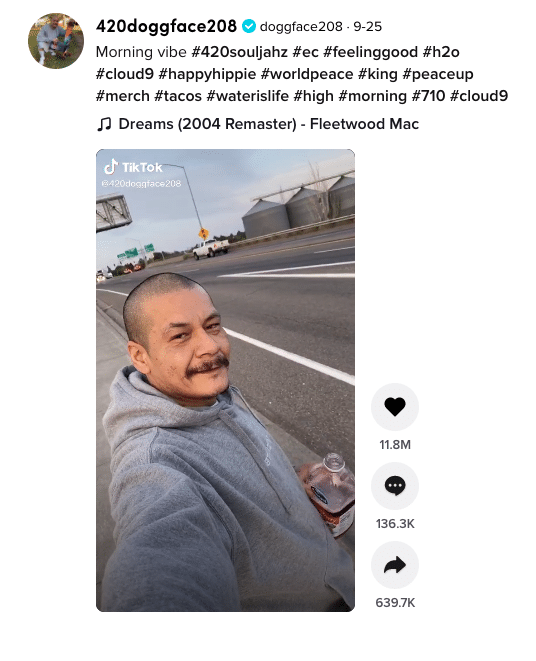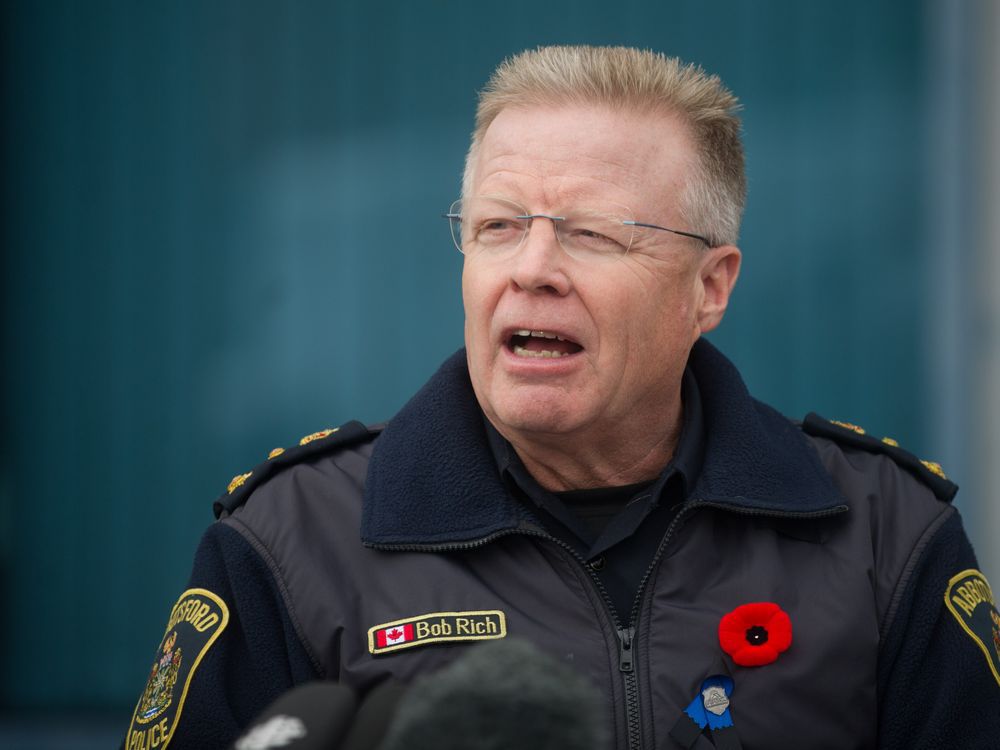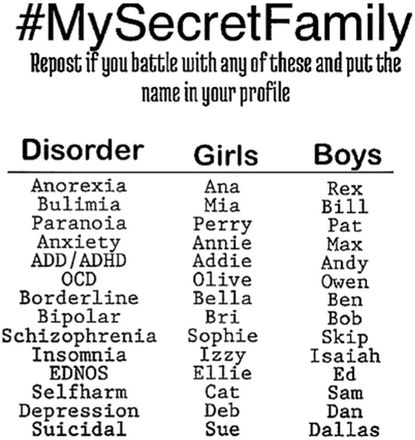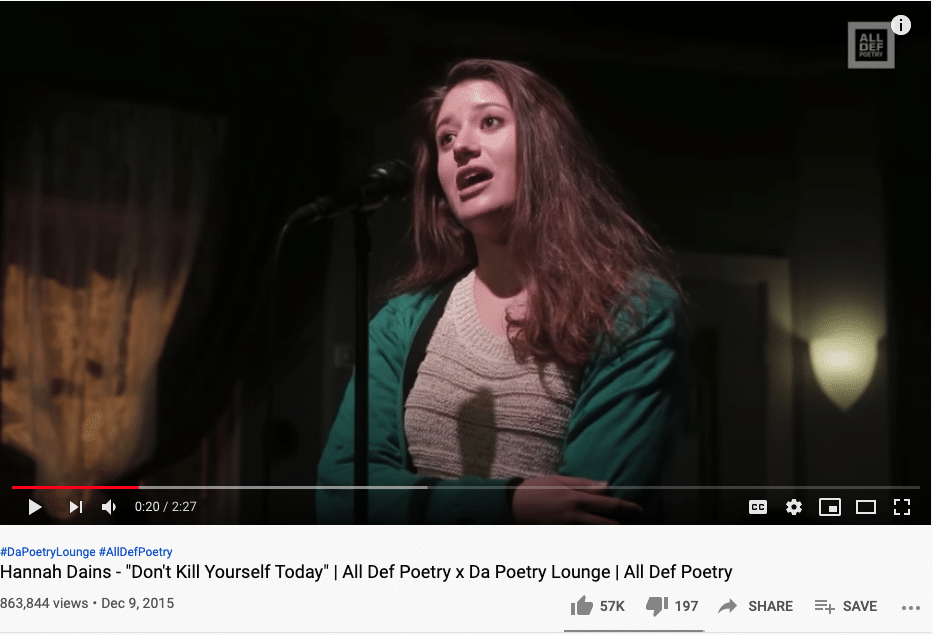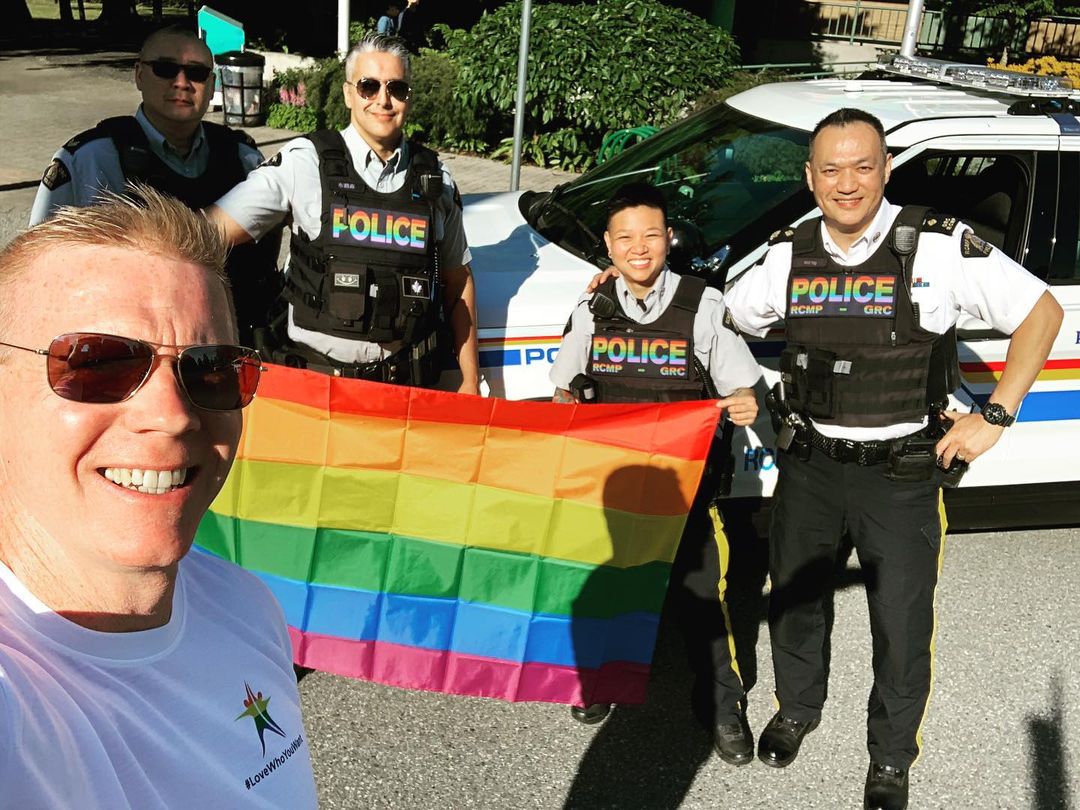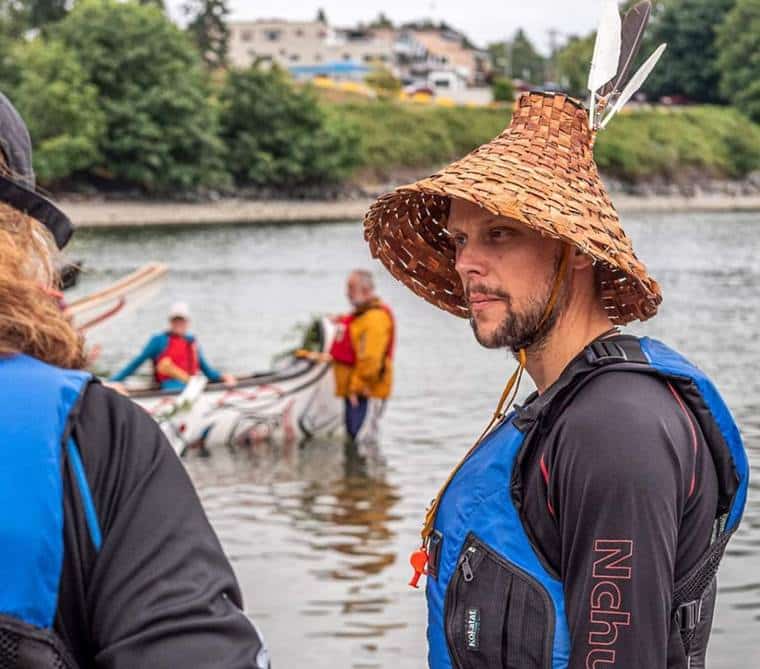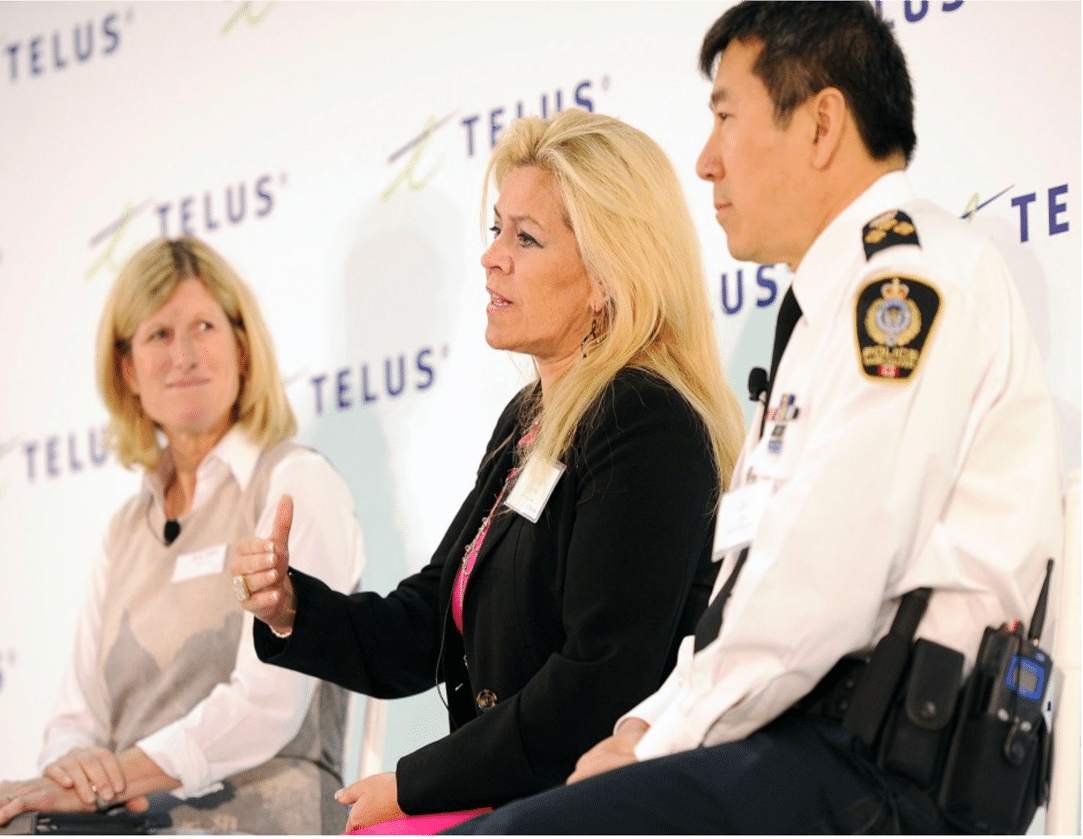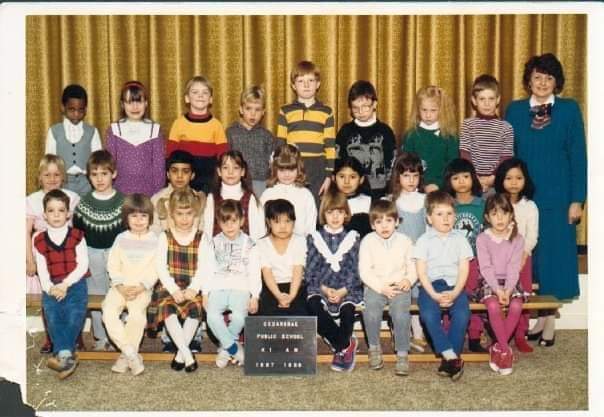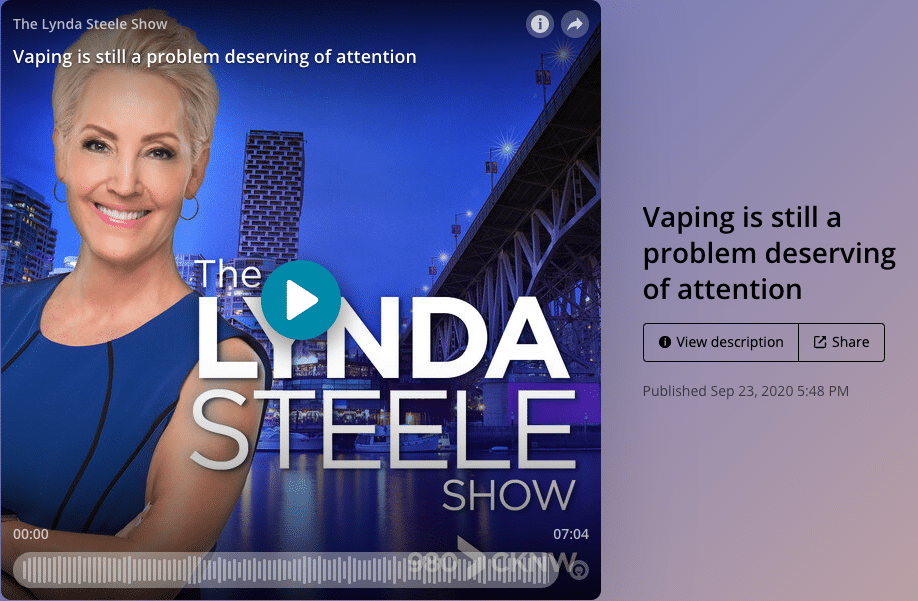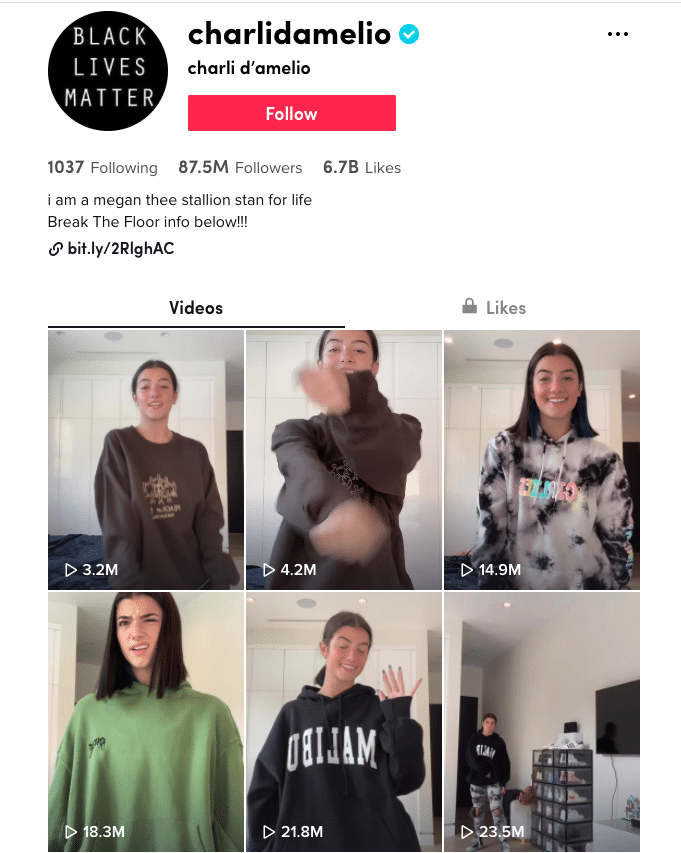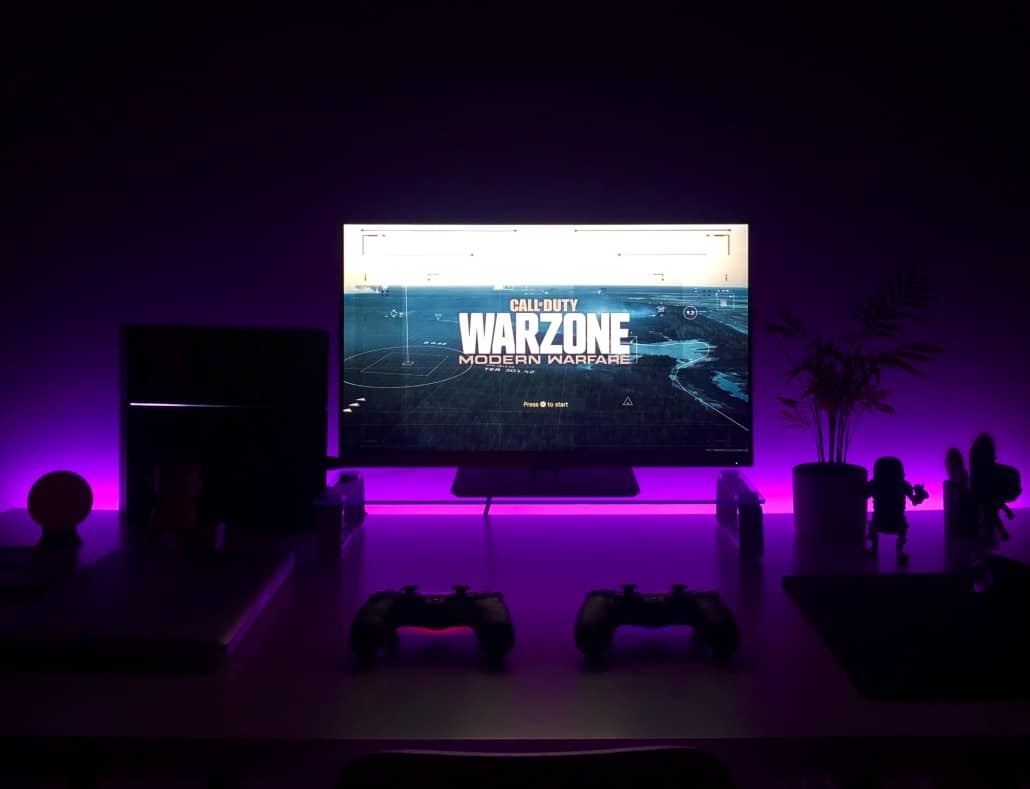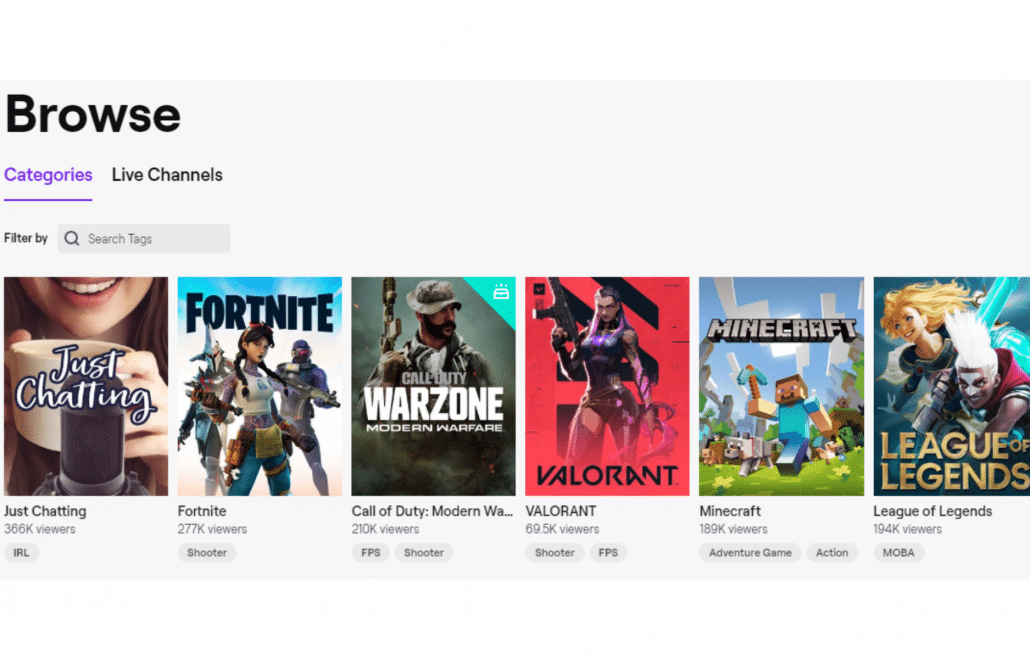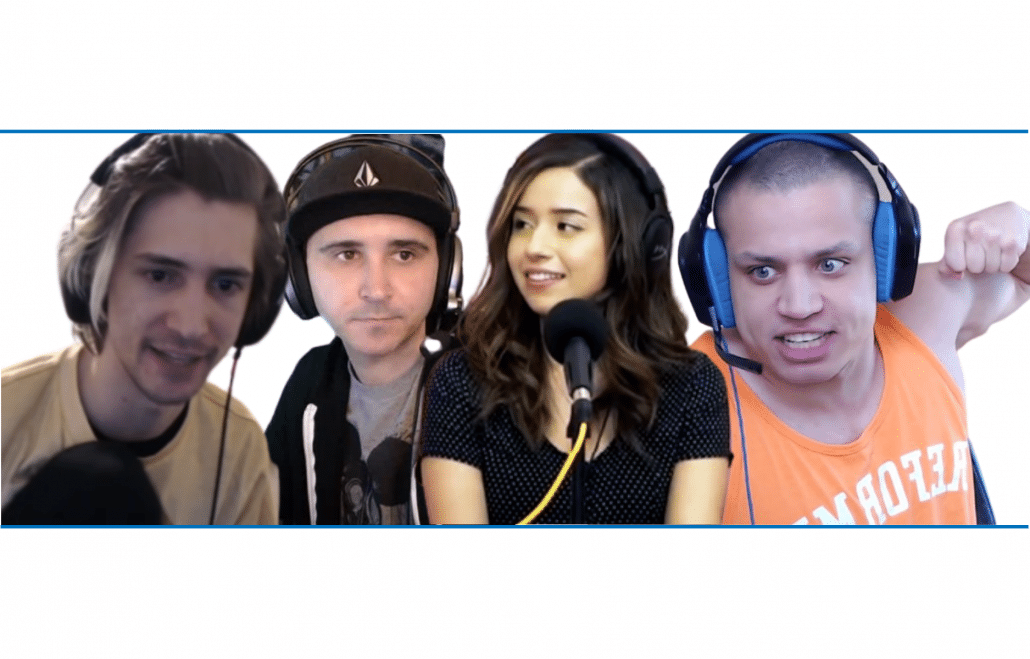ALERT
La Loche, Saskatchewan Shootings
Traumatic Aftermath
and
Violence Threat Risk Assessment (VTRA)
“The fields of Violence Threat Risk Assessment (VTRA) and Crisis/Trauma Response are inseparably connected.” J. Kevin Cameron
In the aftermath of the shootings in La Loche, Saskatchewan, we now have a national critical period for both increased threats to duplicate the crime, as well as a critical period for an increase in trauma symptoms. This threat is not just at ground zero (where the traumatic event occurred) but in many schools and communities across the Country (impact zone). Although high profile shootings have spiked dramatically in the United States, the tragedy in La Loche is the highest profile incident in a Canadian High School since the 1999 school shooting in Taber, Alberta. A tragedy of this magnitude on our soil means we are in the most significant school-based critical period we have experienced as a country, in almost 17 years. As such, this ALERT will remain in effect longer than usual to include as much condensed information as possible.
Whether the case is VTRA, Crisis/Trauma Response or both, remember that high-profile violence does not cause people to go from zero (no risk) to sixty (extreme risk) – instead it simply “intensifies pre-existing symptoms in already troubled individuals.” As all prior ALERTS or E-Memos have focused on VTRA, this ALERT will begin with key points regarding traumatic aftermath and will conclude with key points regarding VTRA.
Crises/Trauma Response – The Traumatic Event Systems (TES) Model
Key Points:
1. First principle of Crisis/Trauma Response is “model calmness.”
2. A standard of Psychological First Aid is that traumatized individuals will often seek us out if we present ourselves as safe to approach and available.
3. Communication regarding where and when counselling and support services will be offered is essential; and having the right “types” of helpers there is paramount. This can be a well-organized combination of skilled therapists/counsellors and naturally skilled helpers under the direction of a clearly identified team leader.
4. Some individuals may not seek out services, and yet are in need of intervention and may need professionals to “over function” on their behalf by identifying them and making the first contact.
5. School staff, district leaders, helping professionals from the community and others should formally meet as often as necessary to identify and then triage those we believe may currently be at the highest level of risk. The following are key criteria:
Potentional High Risk Students:
Note: This criteria may be applied to assess potential risk of staff and parents as well:
· anyone whose senses were activated by traumatic stimuli (i.e. students and staff who witness a school incident).
· immediate family members.
· relatives.
· close friends.
· boyfriend/girlfriend.
· team mates.
· ex-boyfriend(s)/girlfriend(s).
· classmates.
· students, staff, parents with active mental health concerns (i.e., suicidal ideation, severe depression, anxiety disorder…).
· students, staff, parents who abuse drugs and alcohol.
· students, staff, parents with a significant emotional tie with the deceased…….positive or negative. (This includes any individual who was involved in an adversarial relationship with a victim.)
· students, staff and parents who have experienced an historical or recent loss such as the death of a parent, sibling, friend, spouse, etc.
· students, staff, parents with unresolved abuse/trauma.
· leaders or over-responsible students, staff and parents who may blame themselves for “not seeing the signs” or not “knowing what to do”.
· any individual who you intuitively suspect may be at risk.
6. In the aftermath of a high-profile traumatic event there is a belief that those in the community most impacted only want help from people they know. However, our experience is that “some” people only want help from people they know while “other” people will only want help from people they do not know. Therefore a combination of local and outside supports is the best intervention.
7. Trauma Response Continuum – ensure that everyone understands that the response to trauma is on a continuum from individuals who may not be impacted at all, to those with profound symptoms, and every possible response in between. As well, some may have acute symptoms only, while others may have chronic symptoms.
8. It is very common to have either delayed or denied responses to trauma. A delayed response comes from individuals who are either required by their profession, or by nature in their families or friendship groups, to be a formal or natural leader. If traumatized, many of these individuals do not exhibit symptoms until weeks, months or a year after the first anniversary has passed; and when those they were helping are now stable.
9. Everyone has a “right” to be as impacted as they need to be. Sadly, after many high profile tragedies many people will ridicule others saying they don’t have a right to be traumatized, because “they barely knew the deceased/victim(s)”. Especially during a high profile trauma, people’s personal histories of grief, loss and trauma from the past, have a way of converging as the current loss feels like they are reliving the past. BE COMPASSIONATE.
10. All systems go! In the Traumatic Event Systems (TES) Model we focus on ensuring that services are delivered to those most immediately impacted first. Then, in general, students (children and youth) are the next priority, followed by school staff, and parents/caregivers. In many cases, where crisis/trauma response efforts either had no real effect, or made matters worse, it was because professionals focused on the students only and failed to support staff and parents. All systems go means we take care of:
· Students (children and youth)
· Staff (teachers, support staff and administration)
· Parents/Caregivers (including other adult community members who are connected to or impacted by the aftermath of a tragedy)
11. Communication: Staff need to be communicated with openly so they understand all of the key circumstances that may affect them and their students, as well as know how they can help and be helped. Parent/Caregiver meetings also need to occur to educate parents how to determine if their children are doing okay and if not, what to do and where to go. Professionals need to assist some parents with how to talk to their children by modeling through how we talk to parents. Parents/Caregivers also need our support, as during Traumatic Events we consistently see dramatic symptom development in parents, especially if they feel they do NOT have a right to be traumatized and yet are bearing the weight of the symptoms. BE COMPASSIONATE.
12. School district leadership, police, city/town councils, cultural leaders, mental health, social services, health regions and others need to be publicly seen together from time to time for press conference updates and privately seen together for parent/community meetings, staff meetings etc. One of the most powerful ways to “model calmness” for the entire community is for these agencies to truly collaborate together. We can “feel” if we are in good hands. BE COMPASSIONATE.
Violence Threat Risk Assessment (VTRA)
Key Points:
1. It is essential to stay hyper-vigilant when receiving any reports of students, staff, parents or others exhibiting “worrisome behaviours”. Because of how high profile this incident is we should also be watchful of anyone who may be struggling at this time.
2. Be aware that if there is a shift in the behavioural baseline of a student it is important to collect data in collaboration with local support agencies and conduct other assessments prior to taking any disciplinary measures. “Stage I Threat Assessment (VTRA) trumps suspension”.
3. The school/police relationship is the foundation for Stage 1 Violence Threat Risk Assessment (VTRA) and staff should be formally connecting with each other to review the VTRA protocol/process. Mental health, child protection, probation and other related community partners should be informed as to the contents of this ALERT.
4. Pay close attention to VTRA cases where the individual being assessed has inordinate knowledge of violent incidents worldwide or seems fixated on this recent incident.
5. Identification with the Aggressor: “The more a troubled individual identifies with the aggressor the more it will increase their level of risk”. Therefore, pay close attention to the media coverage about details of the alleged perpetrator. The profile they create and/or glean from social media about the shooter will provide insight to VTRA team members across the country as to who may be contextually high risk, because they are caught within this current impact zone.
6. Reminder that a critical period is a ‘predictable time frame for increased threat- making or threat-related behaviour’ that will extend at least two weeks beyond the extensive media coverage and social media reports. Because of social media the critical period in La Loche will last the longest followed by the Province of Saskatchewan. The rest of the countries critical period should be as already noted.
7. All VTRA cases that come to your attention need to include a comprehensive review of the individuals’ online behaviour and digital footprint as that is where we find the most blatant pre-incident signs and indicators. The role that social media plays as both a risk enhancer as well as a prominent contributing source of VTRA data has never been stronger. An accurate VTRA risk determination cannot be made without reviewing the entirety of their digital baseline.
8. We need to “strategically” intensify our connections with our highest risk children and youth (as well as staff and parents and caregivers) who may be “Empty Vessels”. Remember “no one can engage in a serious act of violence unless they feel “justified” in attacking that target or type of target”. The power of positive, meaningful human connection is one of the best violence prevention strategies we can utilize.
9. Every high-baseline school should be provided, if deemed necessary, with an increase in visibility of our School Resource Officers or other police of jurisdiction during the first couple of days back to school. The presence of a relaxed police officer interacting with students, staff and parents in the beginning of the day can help to lower the anxiety for schools across the country that may have had their own histories of violence or other traumas.
CONCLUSION
We are aware that in some regions of the country where signed VTRA Protocols exist the task of giving “Fair Notice” about the protocol has not been completed or not done at all. As noted in the 9th Edition of the “Community Protocol for Violence Threat Risk Assessment (VTRA) and Intervention”:
Prior to any violence threat risk assessment (VTRA) protocol being implemented, all students, staff, and parents should be provided with information about the protocol and procedures so that “fair notice” is given that violence and threats of violence will not be tolerated. Senior school division and community agency personnel should take the lead in presenting the protocol to ensure that students, parents and staff are all aware that the new protocol is a jurisdiction-wide policy and that a consistent message is given regarding its use.
Fair Notice can be given through letters to parents, brochures, media releases, parent meetings, staff meetings, new student orientation or all of the above. School districts/divisions may also include a brief “Fair Notice” statement in student “agendas”.
In the least we need to educate staff to know what they should report; when to report; and to whom. A 15 to 30 minute staff meeting where those trained in VTRA can give a quick overview will help to inoculate untrained professionals to be more aware.
On the short-term we recommend that all VTRA protocol jurisdictions provide a brief overview (or refresher) of the basics of the model such as:
· Serious violence is an evolutionary process – no one just snaps.
· Everyone moves along a “Pathway of Justification”.
· The biggest problem in the aftermath of high-profile violence is “under reaction” to often blatant indicators someone is moving on a pathway to serious violence.
· First hypothesis in threat assessment “It’s a cry for help”!
· Second hypothesis in threat assessment “conspiracy of two or more”.
· The Quote that Kills: “Good Student (Nice Staff) with no history of violence can’t believe they would do it” as justification for not reporting a threat.
· Empty Vessels
There is no question that as a country we have been doing amazing work in strengthening multi-agency collaboration in a number of areas including Violence Threat Risk Assessment. The outpouring of support for our friends and colleagues in La Loche has been an example of this and while hearts are broken, the unconquerable Saskatchewan spirit is evident even in this struggle. Be compassionate; be open and be truly “available” during this critical phase.
J. Kevin Cameron, M.Sc., R.S.W., B.C.E.T.S., B.C.S.C.R.
Board Certified Expert in Traumatic Stress
Diplomate, American Academy of Experts in Traumatic Stress
Executive Director, Canadian Centre for Threat Assessment & Trauma Response
Theresa Campbell, M.A.
President, Safer Schools Together Ltd.
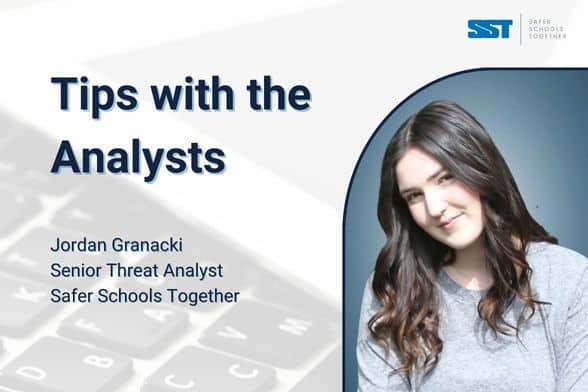

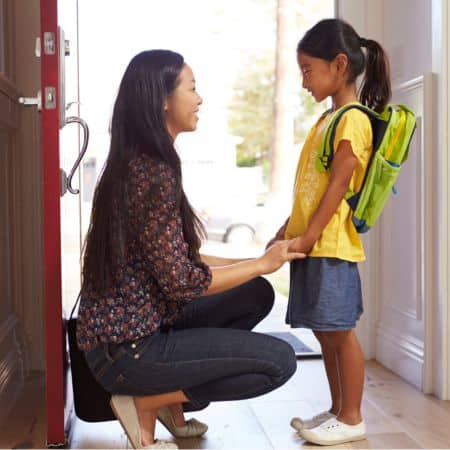
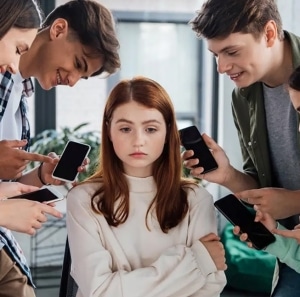

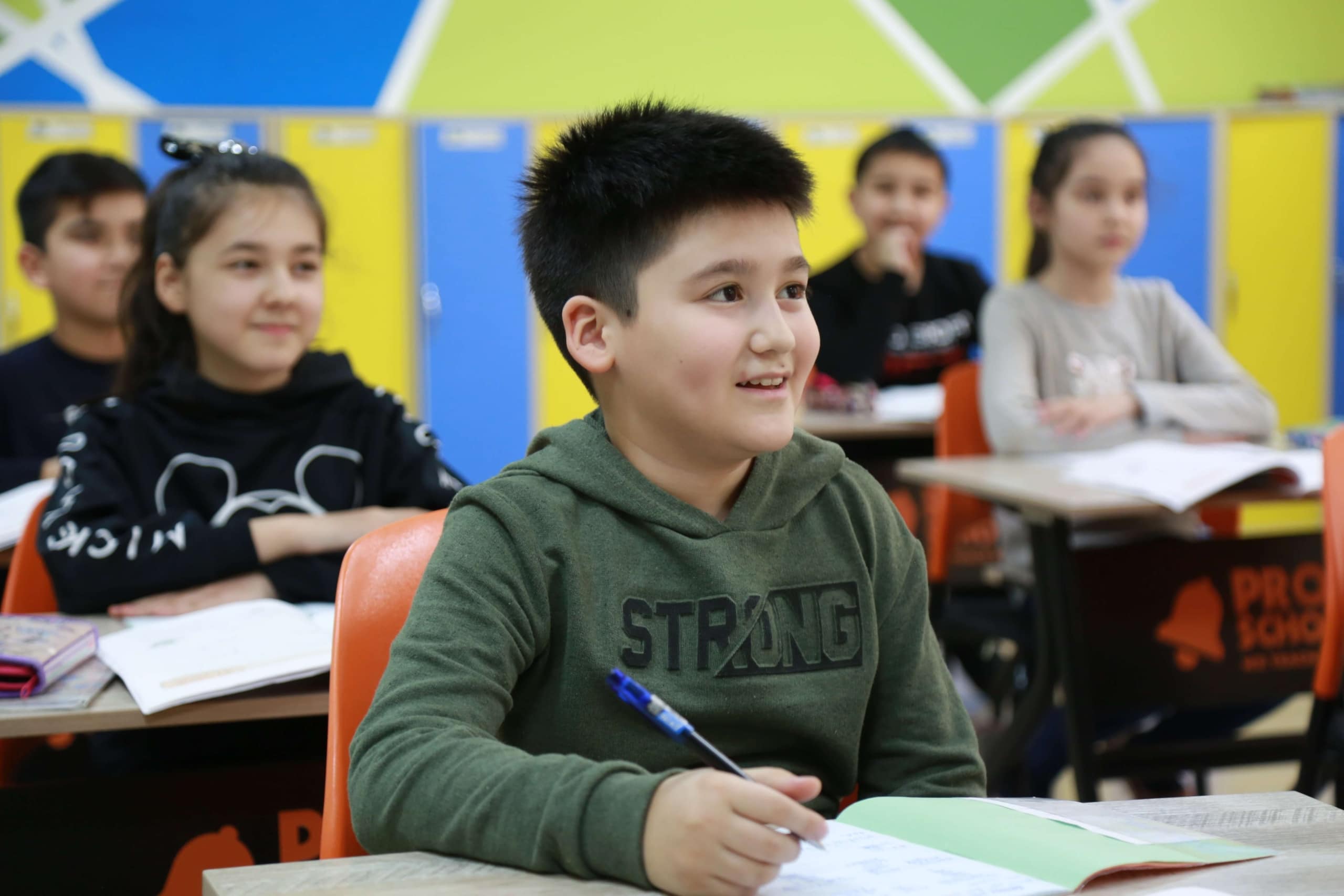
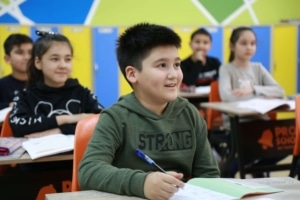
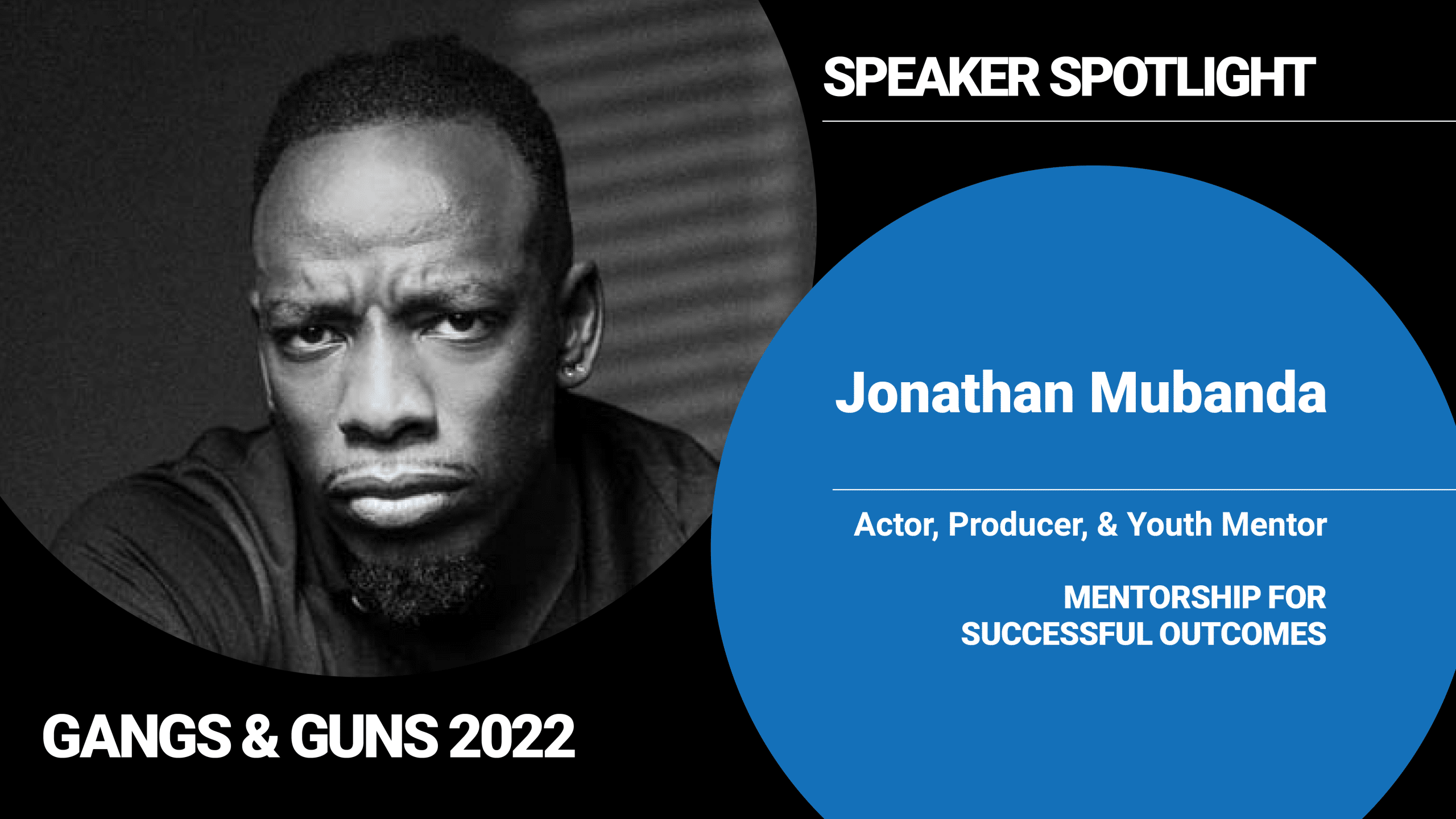
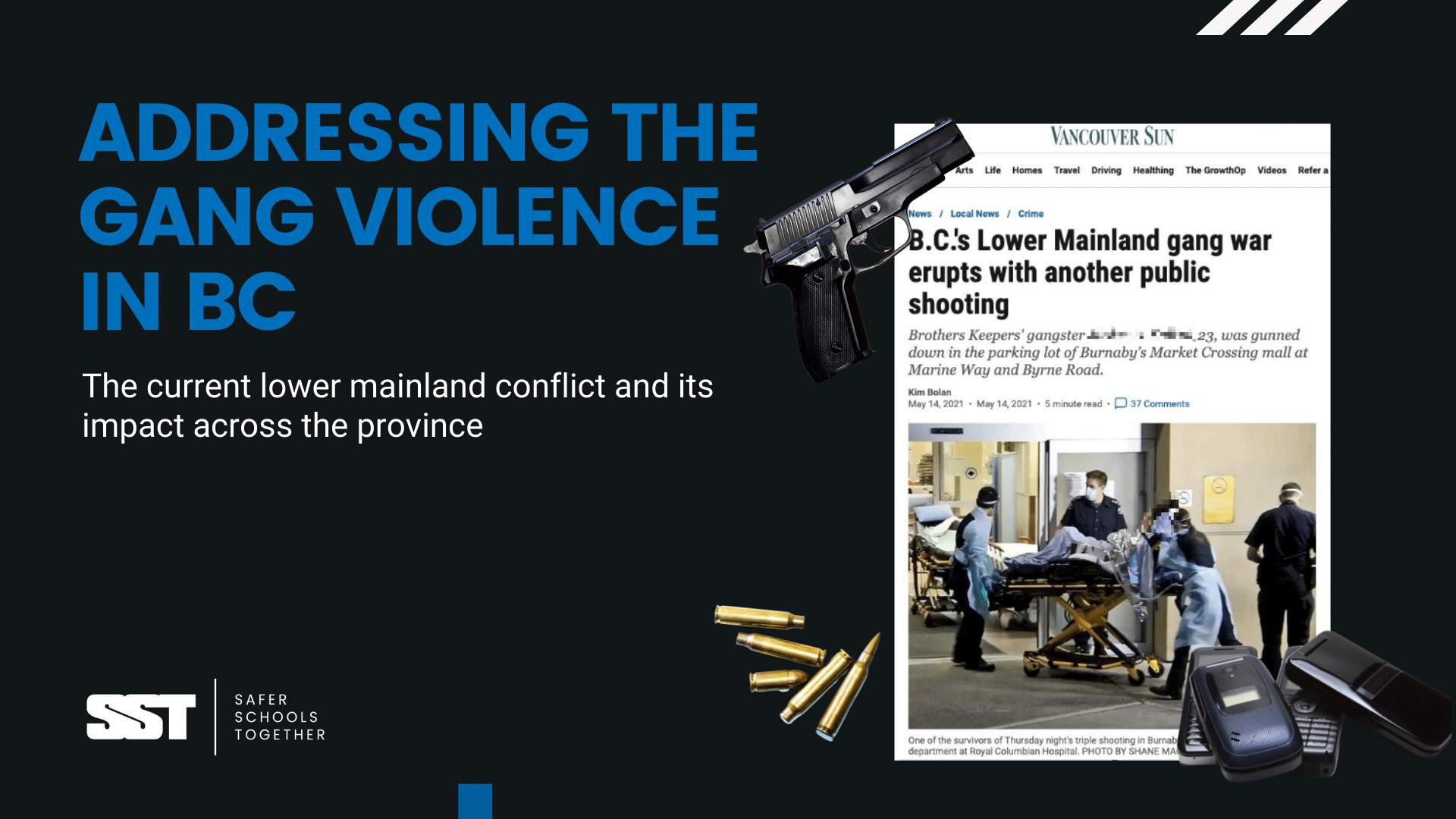
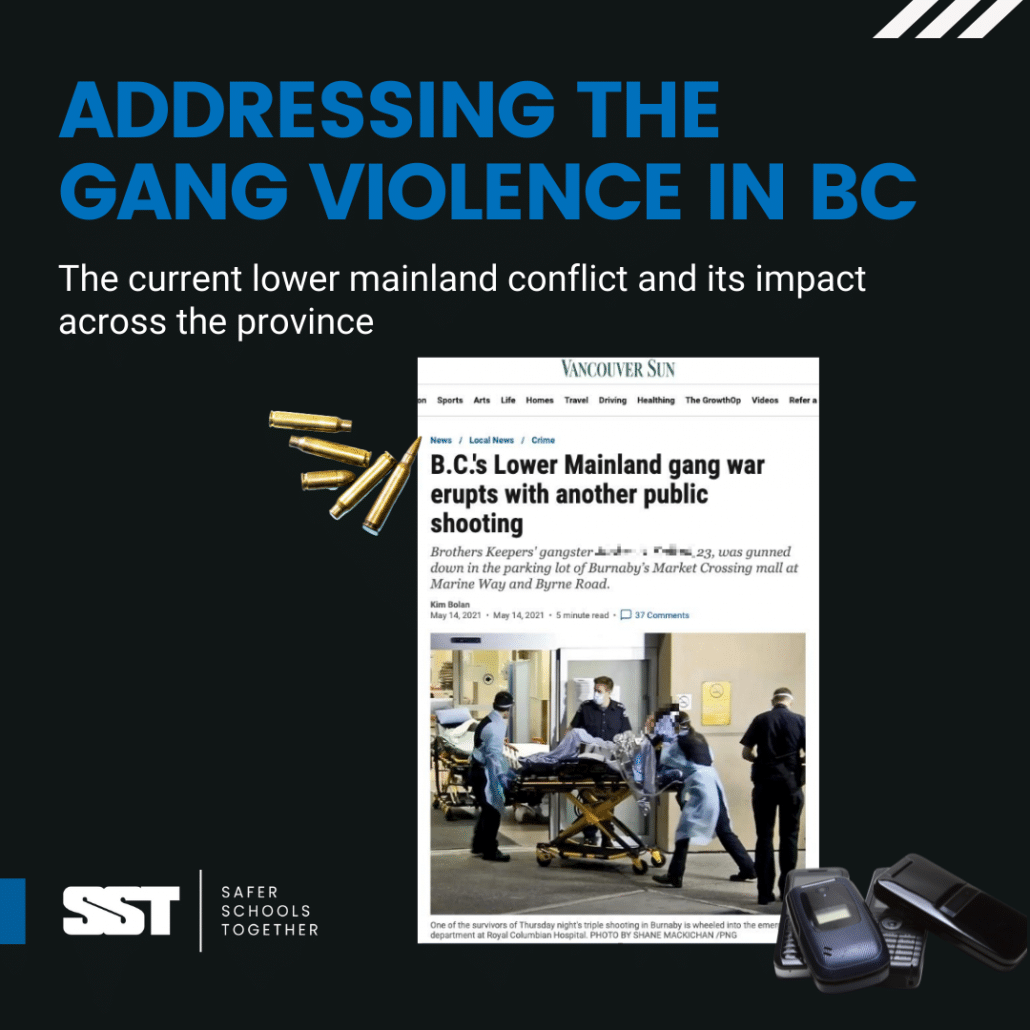
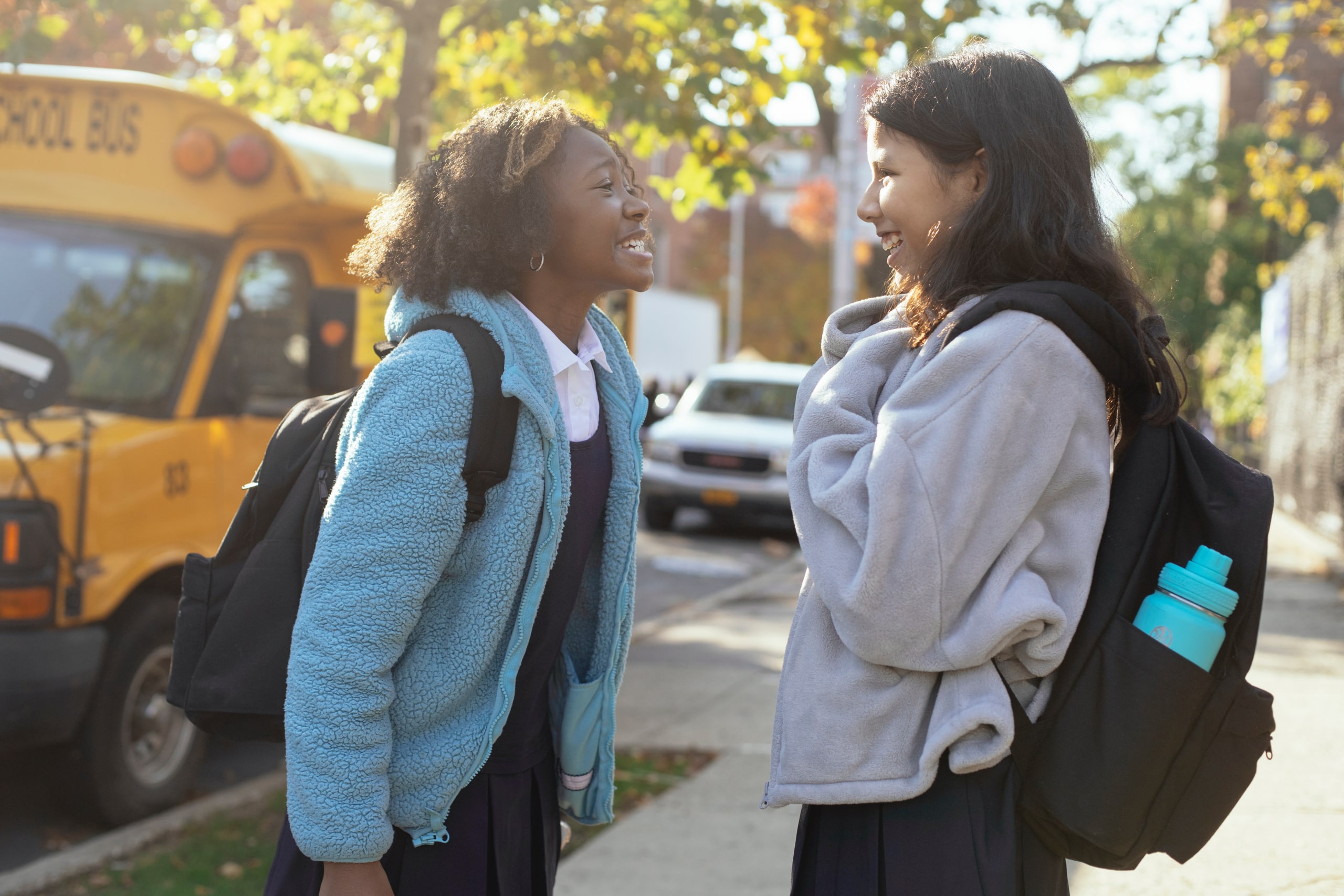 Mary Taylor
Mary Taylor
